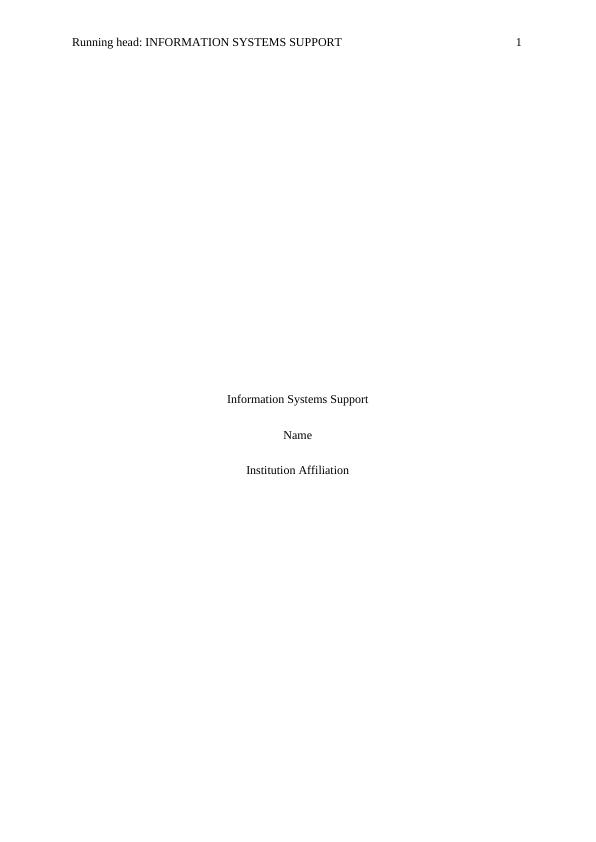Information Systems Support: Risks and Efficient Security Program
5 Pages815 Words401 Views
Added on 2023-05-26
About This Document
This article discusses the risks to information systems and how to implement an efficient security program through risk assessment, designated security officer, compliance with regulatory standards, policies and procedures, and more.
Information Systems Support: Risks and Efficient Security Program
Added on 2023-05-26
ShareRelated Documents
End of preview
Want to access all the pages? Upload your documents or become a member.
Policy and Procedure Analysis for Call Center Operations Department
|10
|2091
|368
IT Risk Assessment Case Study
|16
|5118
|65
Computer Information System - Doc
|6
|1056
|52
Information and Data Risk Management Issues
|5
|916
|178
Information Governance
|23
|5882
|443
BSBINM501 Assignment 1
|4
|601
|413


